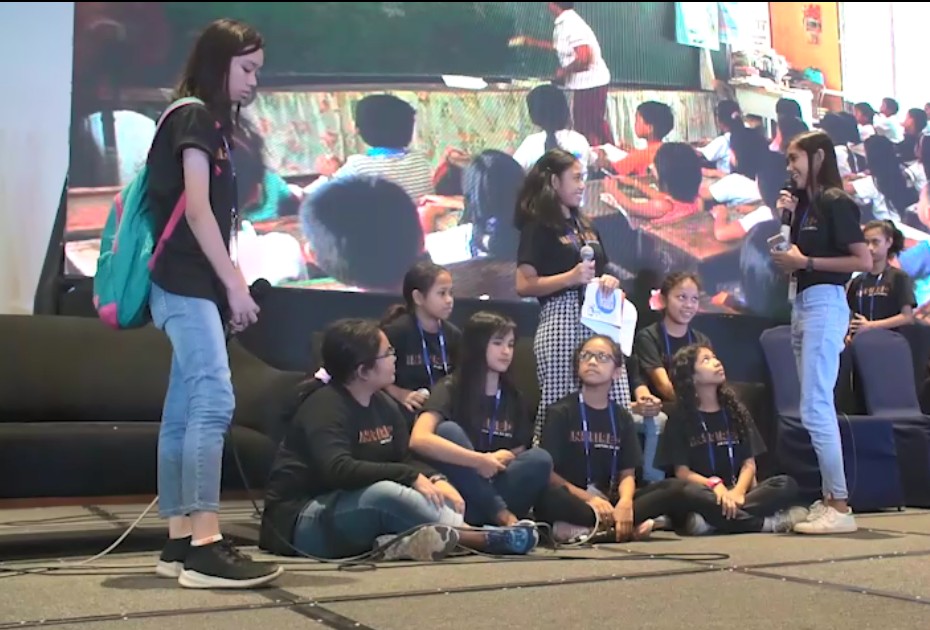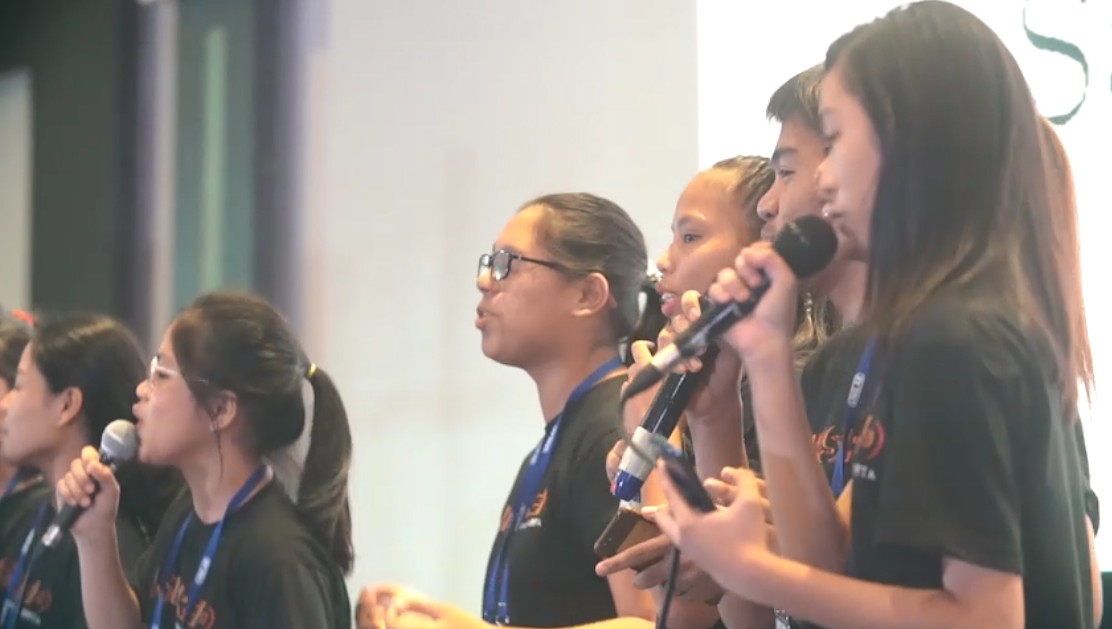The plenary sessions for Ako Para Sa Bata 2019 concluded with a session dedicated to the youth delegates from the Teen Conference, held a few days before the conference on November 16 and 17 at the Museo Pambata.
The Teen Conference served as a prelude to the main conference. It invited youths from different NGOs around the country to orient them with the advocacies behind Ako Para Sa Bata and help them realize their capacity to make an impact on society. It was organized by the Child Protection Network (CPN) in cooperation with the Council for the Welfare of the Child (CWC), and was facilitated by various volunteers and organizers from different NGOs.
The final plenary session for the main conference was titled “For Teens, By Teens: Highlights from the Teen Convention.” It summarized what transpired during the Teen Conference. A video recapped the events, from the activities the youths were engaged in to the speakers who gave motivating messages. They also talked about the various initiatives undertaken by different organizations in the name of youth protection and empowerment, such as the Philippine Plan of Action to End Violence Against Children (PPAEVAC) and the Child Protection Policy.
“The reason why we’re doing the teen conference is because we believe that to really implement the Philippine Plan of Action to End Violence Against Children, we need the children themselves and the youth, of course, involved. They think of solutions that we probably will never think about because they see the world in a different way,” said Dr. Bernadette Madrid, Executive Director of CPN.
Mary Mitzi Cajayon-Uy, Executive Director of CWC, enthused: “This teen conference is very important for us because children should not only be beneficiaries of whatever adults are making or whatever the government is giving. They should also be heard.”

The youth delegates from the teen conference perform onstage.
After the video, the youth delegates got up on stage for a performance they had prepared in the two days preceding the main conference. The performance drew upon their output from the pre-conference, wherein they were divided into groups according to sectors of society that they believed youths could have an active presence in—including gobyerno, barangay, organisasyon, and tahanan—and asked to formulate an ideal youth-friendly version of their respective assignments.
In the performance, a youth named Malaya deals with her daily routine, including struggling through an antagonistic relationship with her mother, distractions from her studies, and a lack of efficient school supplies. She falls asleep and dreams of scenarios wherein these problems do not exist and her daily routine becomes more ideal and worry-free. As she wakes up and realizes she is back in the real world, she exclaims: “Walang imposible. Mag-aaral ako nang mabuti, dahil ako si Malaya, at hindi lang ako isang bata.”

The youths perform a closing musical number.
The performance culminated in a musical number performed by all the youths on stage, singing: “Halina’t kabataan, tayo ang kinabukasan. Wala nang maiiwan sa mundong inaasam.”
